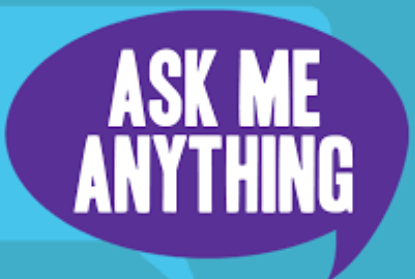I’ll give it a shot. Not quite ELI5 but “Explain like I know what a phone number is”. For the most important answer, see the last paragraph.
IP addresses are a bit like phone numbers. To send data to some computer, your computer attaches that number and sends the data packet on its way. With IPv4, an address is four bytes long, usually represented as four numbers from 0-255 separated with dots. That gives us a bit under 4.3 billion possible addresses which seemed enough when the system was invented and larger organizations could even reserve entire address ranges and some ranges got reserved for special purposes (for example, all 127.x.x.x addresses mean “send this to myself” while 192.168.x.x and 10.x.x.x are meant for local, non-public networks). Reserving these ranges is convinient when you need multiple machines connected to the internet but is very inefficient as these ranges need to be a power of two in size (256 is common), so you may get more addresses than you need and the rest stays unused.
The first solution was “Network Address Translation” (NAT). Basically, every household or organization gets a single public IPv4 address and every device on your network has a private address. On outgoing connections, your router replaces the (private) sender address with its public address and remembers which private address belongs to that connection so it can correctly forward any replies. For incoming connections, the router needs a list of rules to tell it what to do. For example something like “Everything on port 80 goes to 192.168.0.42”. This worked for a while as most people make only outgoing connections and even many organizations can simply decide locally what to do with an incoming connection based on the received data so they wouldn’t need multiple addresses.
After a while, it was clear that even with this workaround we would run out of addresses sooner or later. Providers tried giving their customers a different address every time they connected to the internet so they could reuse the address for someone else when the customer disconnected. This worked well when people only connected when they needed it but these days we’re usually online 24/7.
So in the end, the only solution was to add more addresses. For our current needs, doubling the length would be more than enough but to be on the safe side, it was decided to quadruple the address length to a total of 16 bytes. This gives us about 340 undecillion unique addresses. Still not enough to give a unique address to every atom in the universe, not even enough for every atom on earth but still a lot. We can give every human an address range many times larger than the total address space of IPv4.
Does this mean that NAT is dead or that all your devices are visible from outside your network? Absolutely not. It means you can do that if you want. If your provider gives you a large address range, you can give each of your devices a different one and tell your router to forward everything. But you can also still use a single public address and/or tell your router to apply certain rules for what to do with incoming connections. There are also still address ranges that are meant purely for local use, equivalent to what 192.168.x.x and 10.x.x.x were in IPv4.










Just because you have IPv6 enabled doesn’t mean you don’t have IPv4. Both can coexist on the same network and the same device so your router can be 192.168.0.1 and some IPv6 address at the same time.
On top of that, many routers can be reached by a well-known hostname or domain, depending on their manufacturer. For example, AVM Fritz!Box routers (extremely popular in Germany) automatically resolve http://fritz.box to their own IP address no matter what that IP address is.
In the end, read the manual or the sticker on the device, same as you would have to do with IPv4 to figure out which subnet it is configured with.